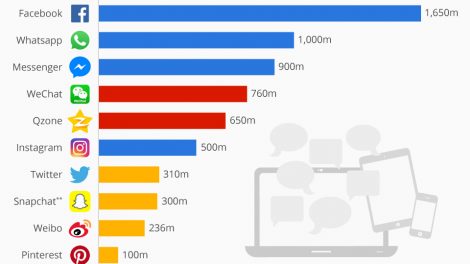Table of Contents
Google Analytics Bounce Rate Metric
Bounce Rate represents the % of visitors who enter the website and leave the website without visiting any other pages before a specified session-timeout occurs in the same website.
Bounce Rate Formula –
Bounce rate = Total number of visitors viewing one page only / Total entries to page
According to Google Analytics Guru Avinash Kaushik “It is really hard to get a bounce rate under 20%, anything over 35% is cause for concern, 50% (above) is worrying”
An Online User / Visitor may Bounce by –
- Clicking on a link to a page on a different website
- Closing an open window or tab
- Typing the new URL
- Clicking the back button to leave the site
- Visitor session timeout (mainly 30 minutes)
- Site design or usability issues
- Found information needed in that one-page view itself
Influential Factors for High Bounce Rate –
- Single page site: if you’ve only one page on your site
- Incorrect tracking implementation: you haven’t added tracking code to all your pages
- Site design: does it fit your theme and expectations of site visitors?
- User behavior: if a user bookmarks a page on your site, goes to it, and leaves
- Pop-ups: are they functional or simply annoying?
- Ads on the website: are they overly used or is it ok?
- Trust: do your website visitors feel at ease when landing on your website?
Improvise Bounce Rate – (Analyze specific data, traffic sources, medium, and campaign, landing pages etc., too)
- Provide enough relevancy for your website visitors
- Reduce or even better get rid of pop-up ads
- Have clean, accessible navigation
- Prominently display search box, don’t make users search for it
- Leverage internal search on the site for improved experience
- Responsive design for your website to be accessible on Mobile, Tablet, Smartphones etc.,
- Get your message immediately clear
- Landing page load time speed improvement
- Connect landing page and traffic source in the right way
- Don’t distract visitors with irrelevant messages
- Reduce the number of outbound links
- External links in your site opens in new window page
- Paid Search & Display advertising – closing loop between ad copy and the landing page copy and design
- Color contrast: important to use colors & patterns to draw your reader’s eye
- Cut out distractions – stop autoplay audio & video
- Offer a small instruction or text, for 404 page
- Split up long posts by adding pagination
Analyzing Bounce Rate for 4 sources of Visitors –
- Low-Value Referrers – Don’t worry
- Direct Link from other Websites – Some degree of interest
- Search Engine Traffic – something seriously wrong with your web pages or keywords or content
- Loyal Users – doesn’t show up on every visit, if they visit often
Industry Benchmarks by Paul Koks – (Few categories & indications of bounce rates that are considered ok)
- One page lead generation microsites (60 – 90%)
- News / Media (40 – 60%)
- Content blogs (40 – 60%)
- Lead generation (35 – 50%)
- E-Commerce (20 – 40%)
- Service (10 – 25%)
Bounce Rate vs Exit Rate –
- Bounce rate is connected to the landing page of your website where the Exit Rate can be connected to any page on your website
- A Bounce is always an Exit; An Exit may be a Bounce!
- For all page views to the page, the Exit Rate is the % that were the last in the session
- For all sessions that start with the page, Bounce Rate is the percentage that were the only one of the session
- Bounce Rate calculation for a page is based only on sessions that start with that page
Intranet Bounces –
Employees are predisposed to accept the validity of a page or section, since it’s the official company intranet, after all. Thus, Intranet Bounces are usually indications of poor navigation or use of related links, as well as poor section landing pages
Email Marketing Bounce Rate –
Percentage of email addresses in your given Subscriber list that didn’t receive your message because it was returned/bounced by a recipient mail server. There are two categories of email bounces including hard bounce and soft bounce.







Add Comment